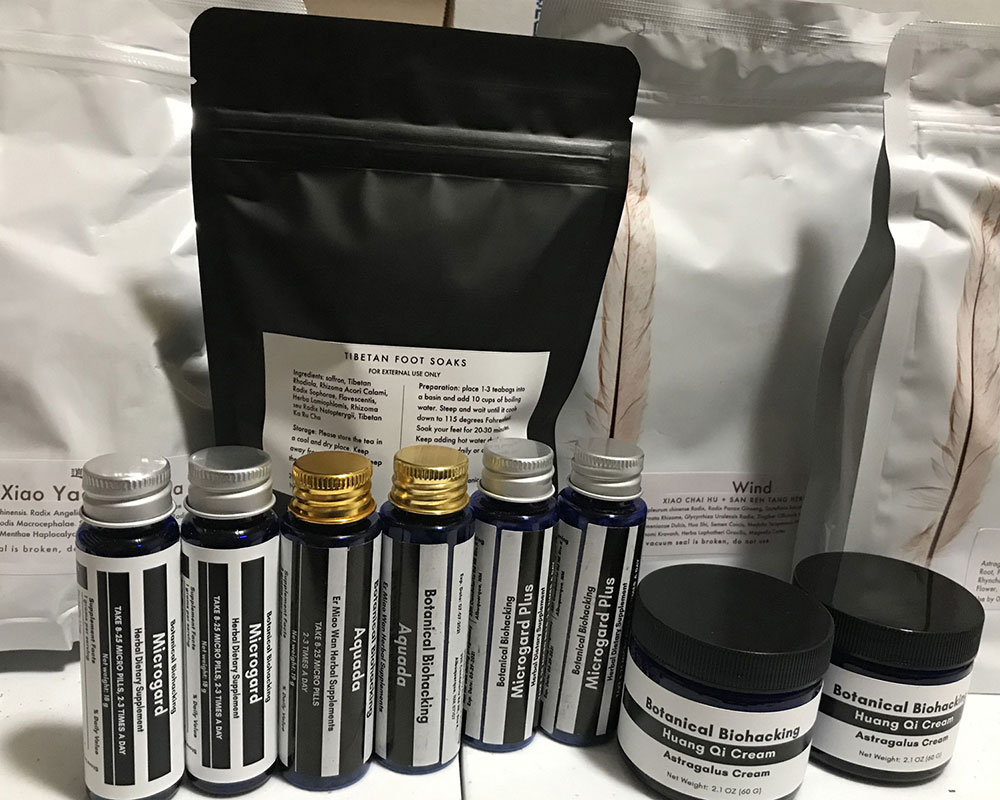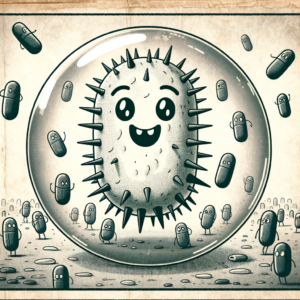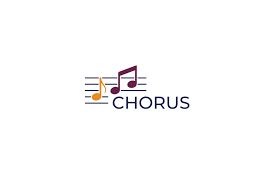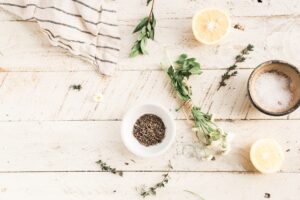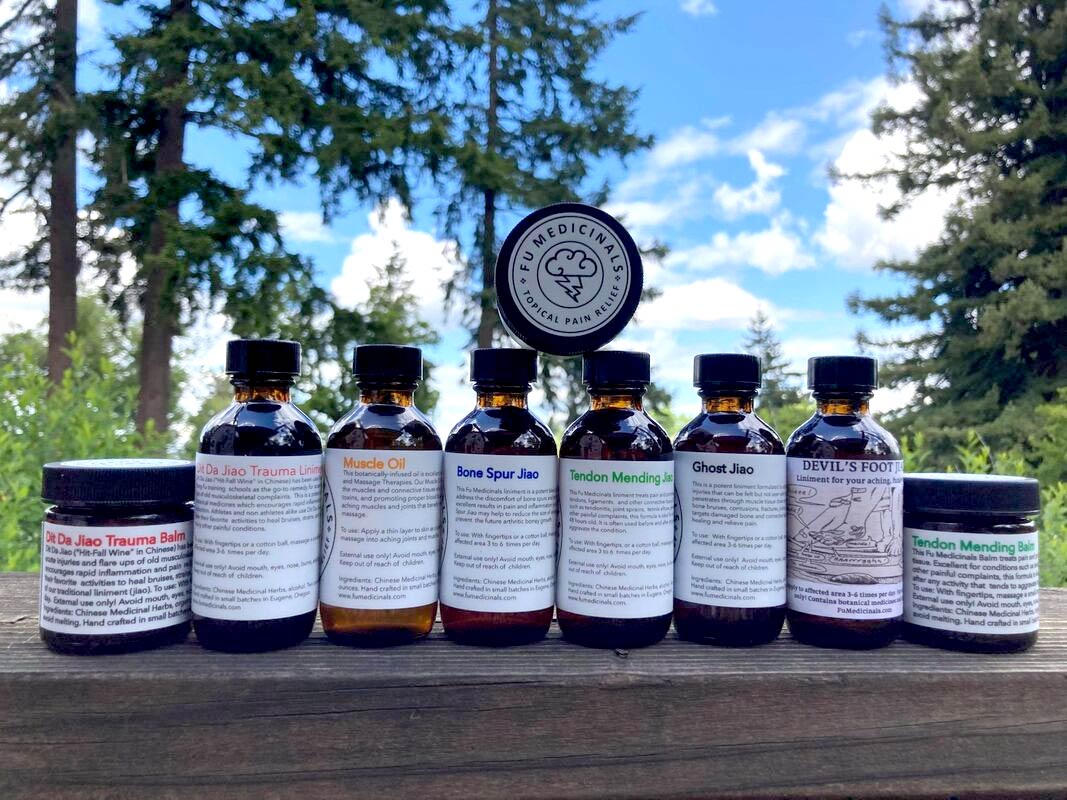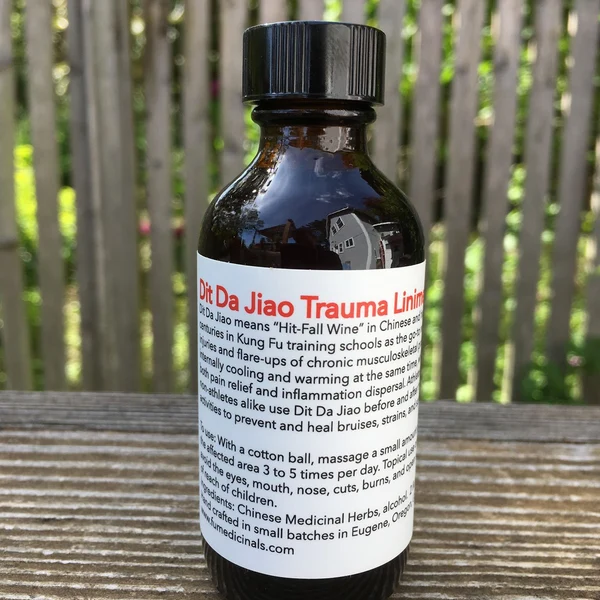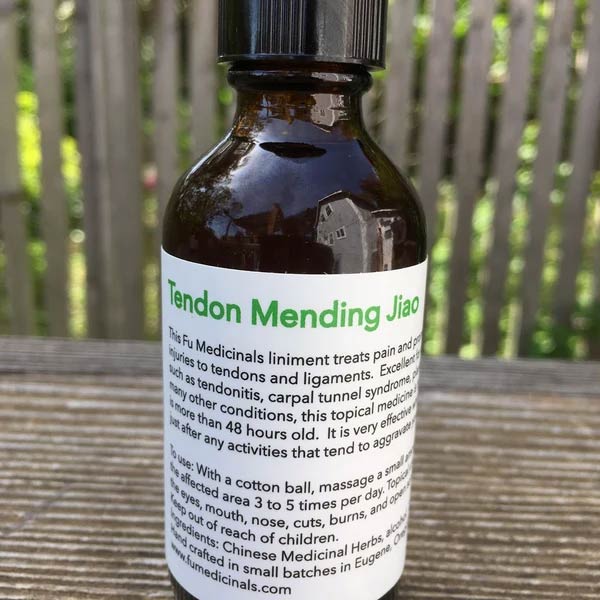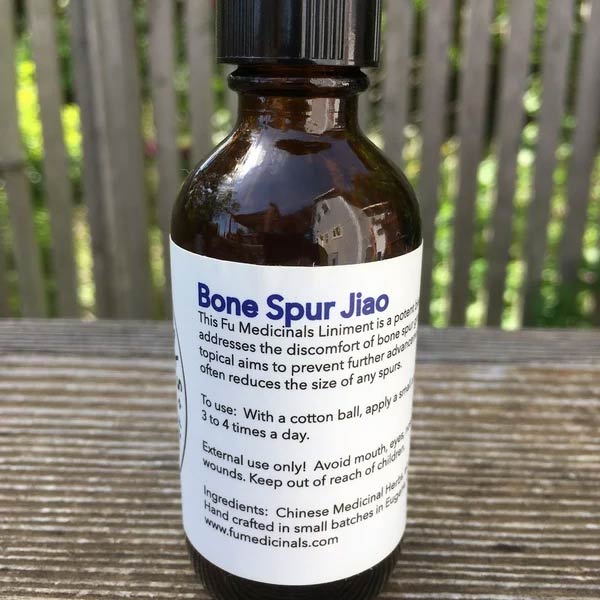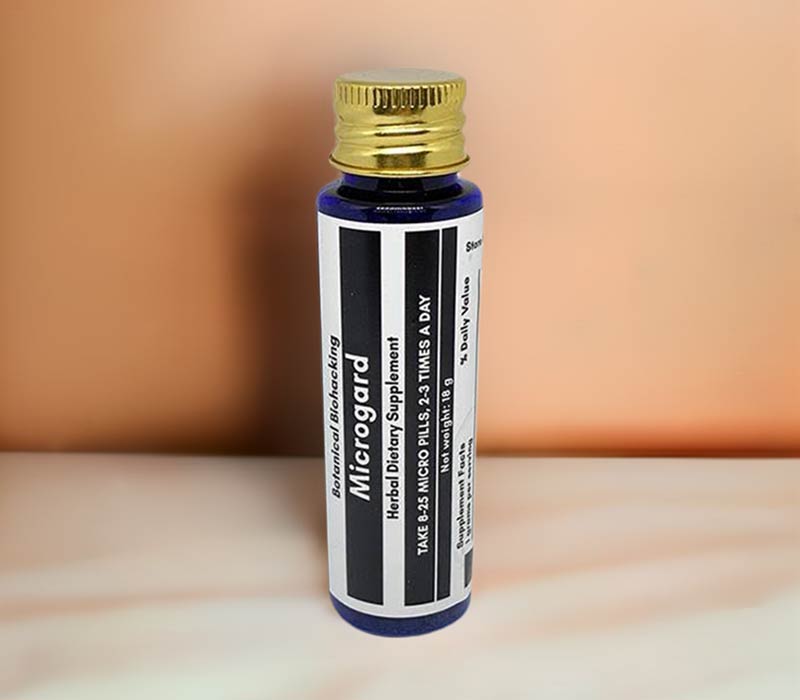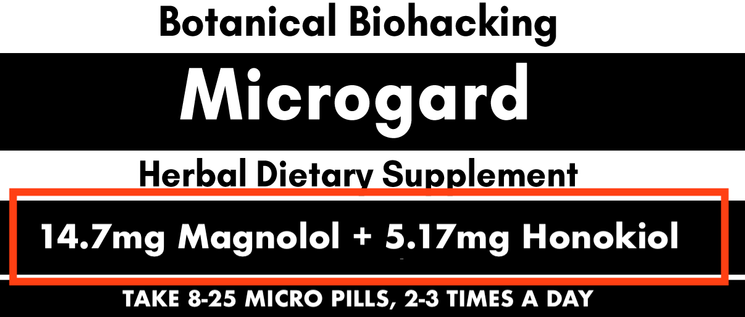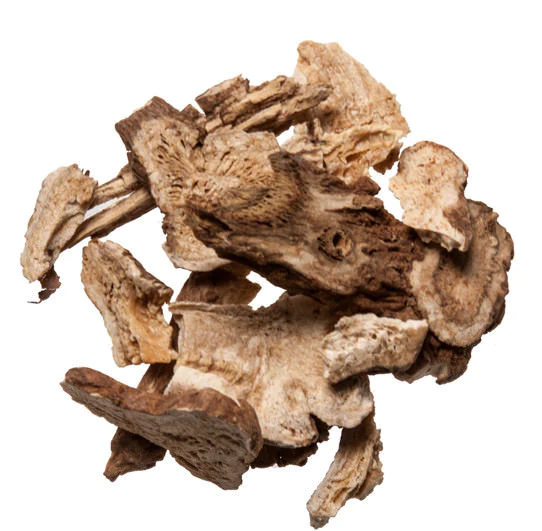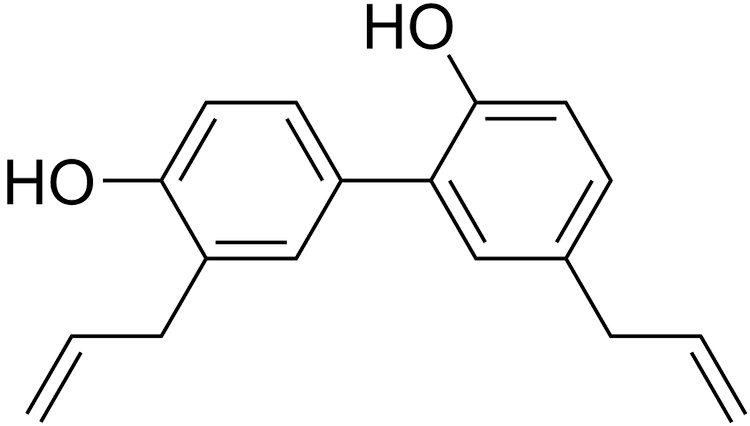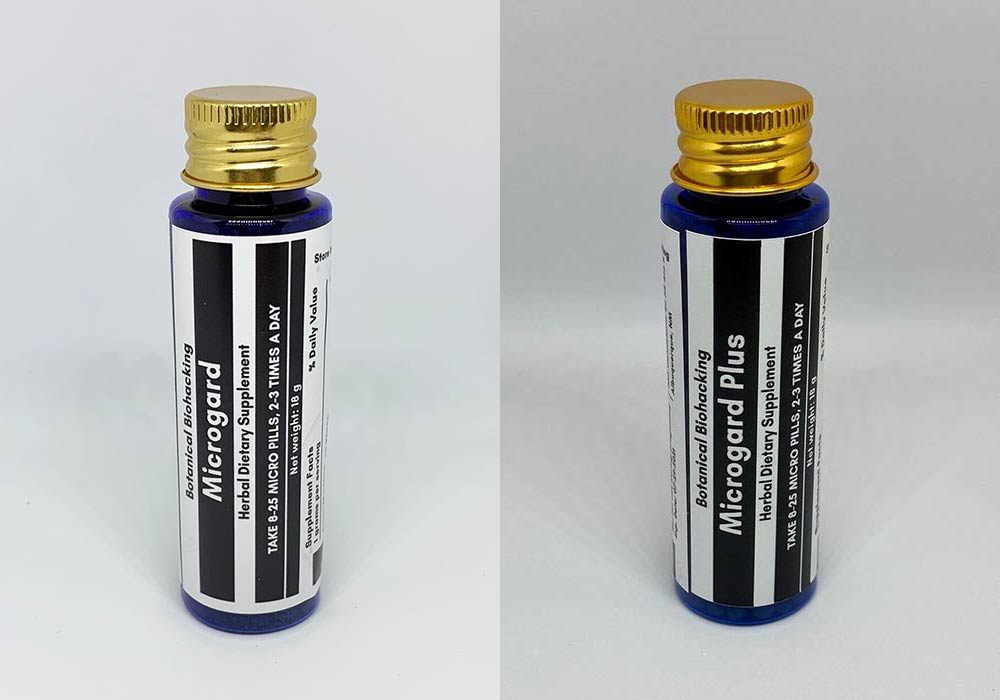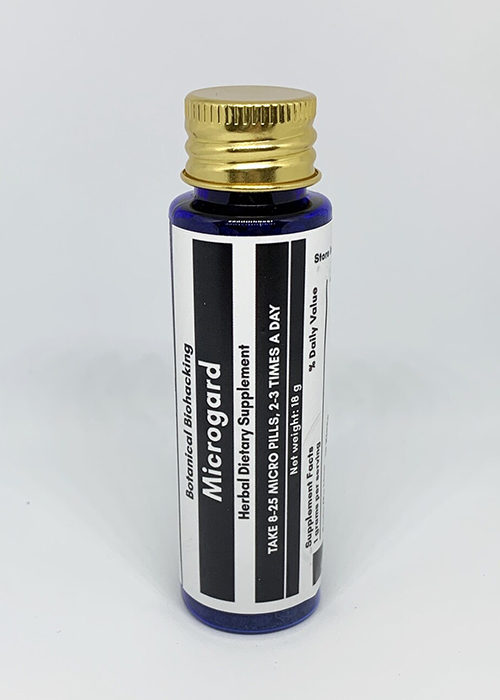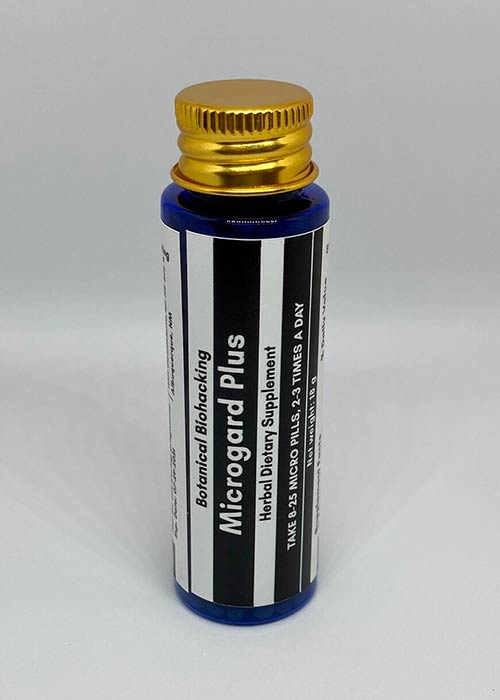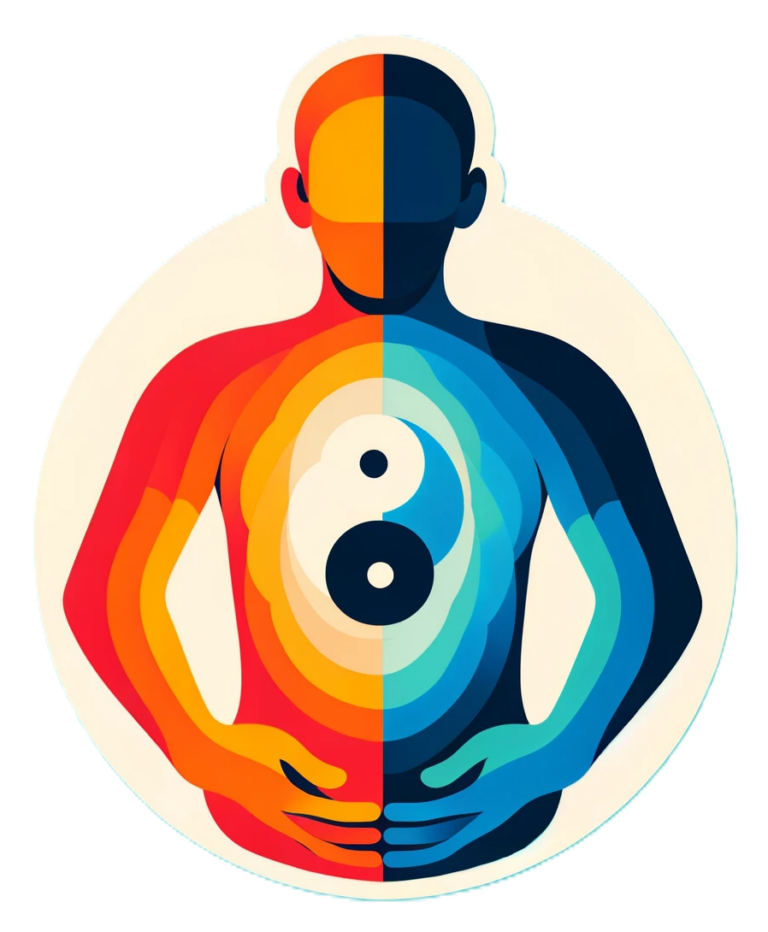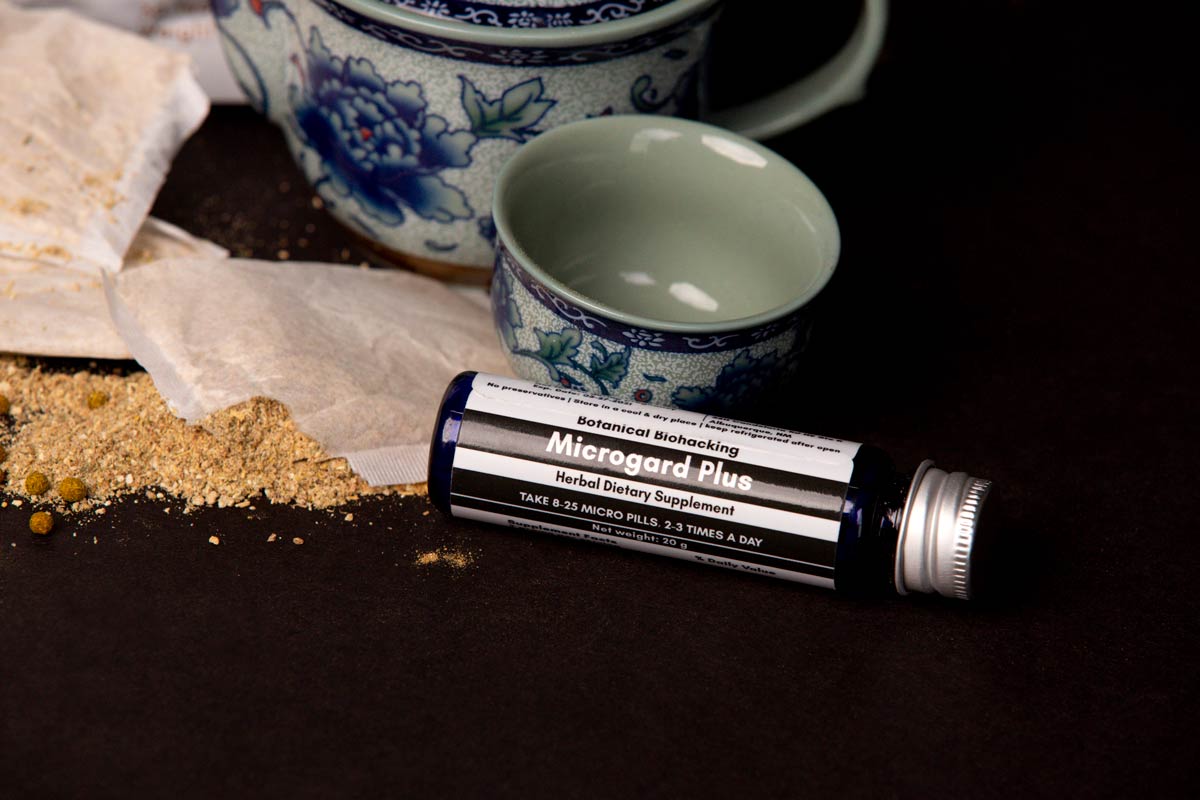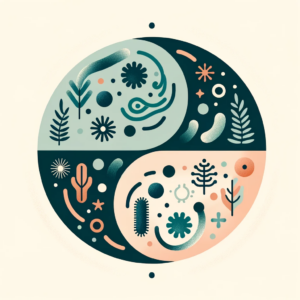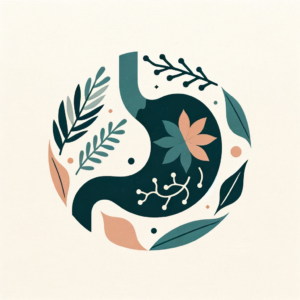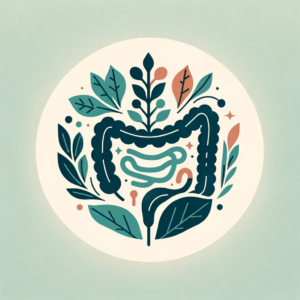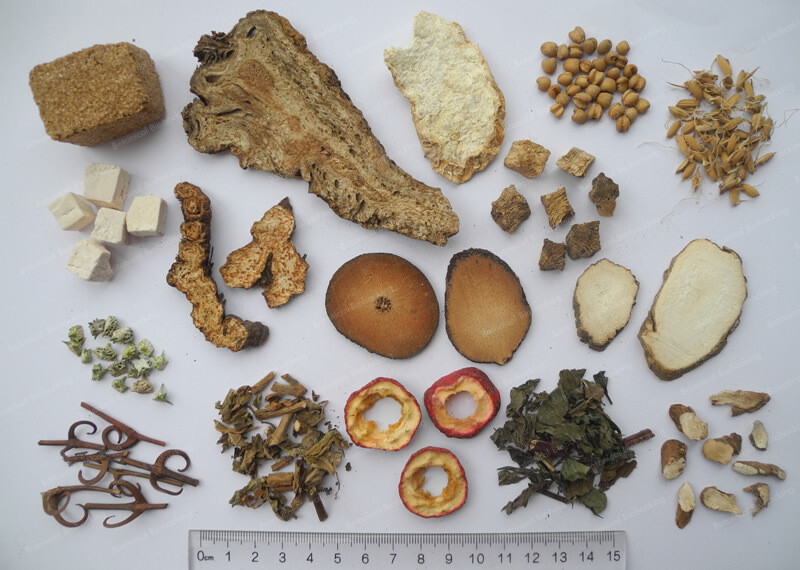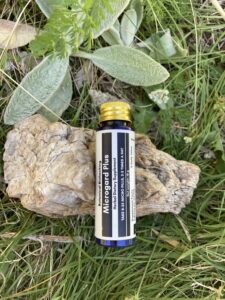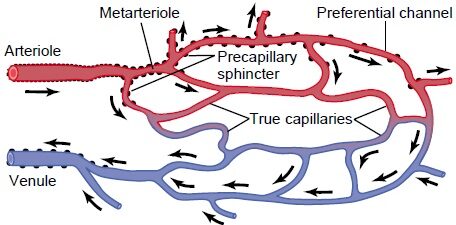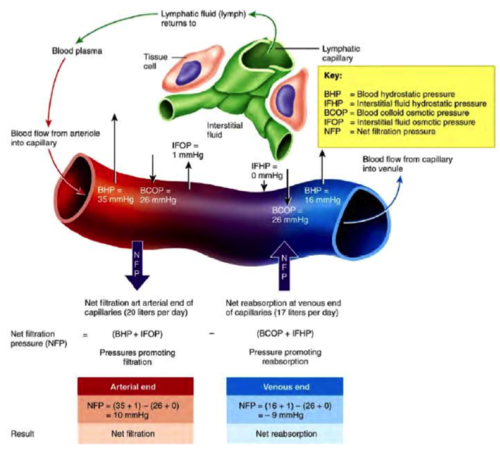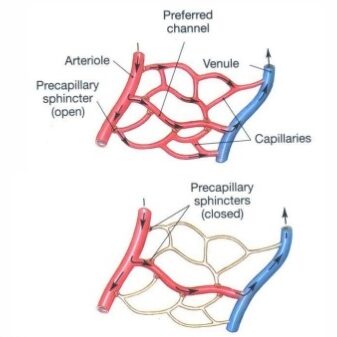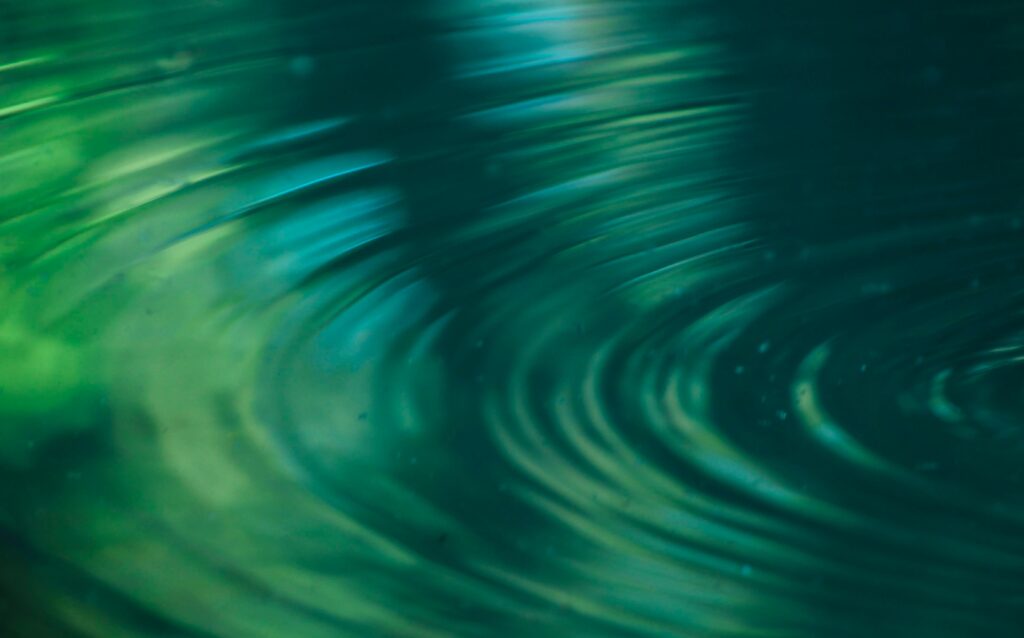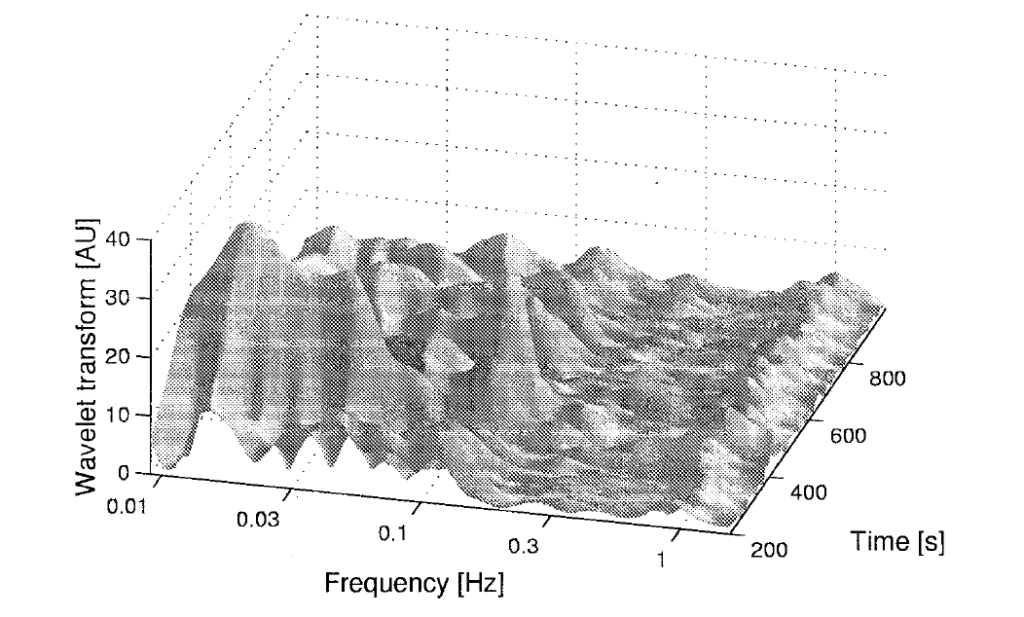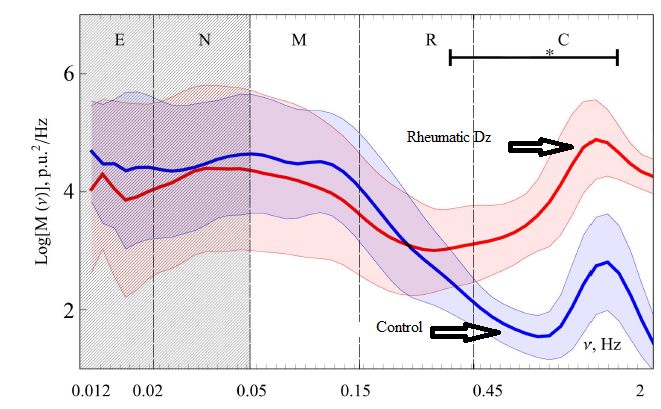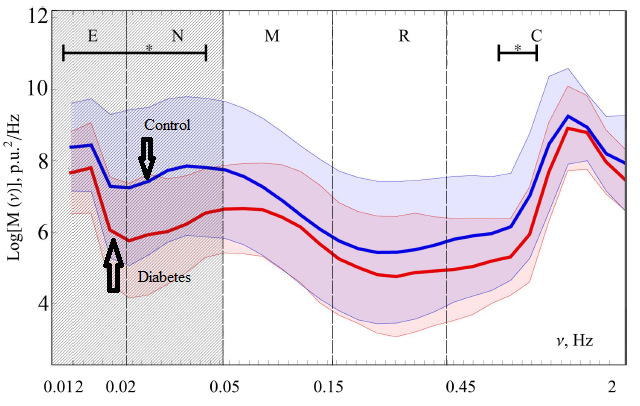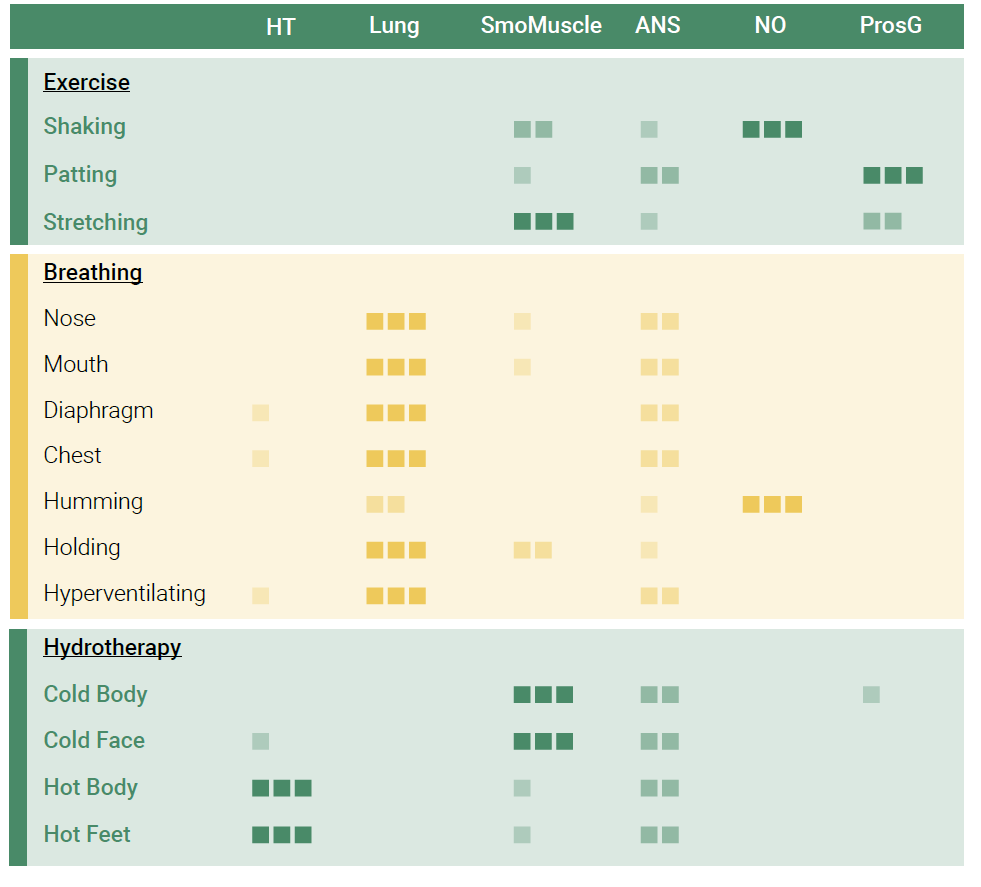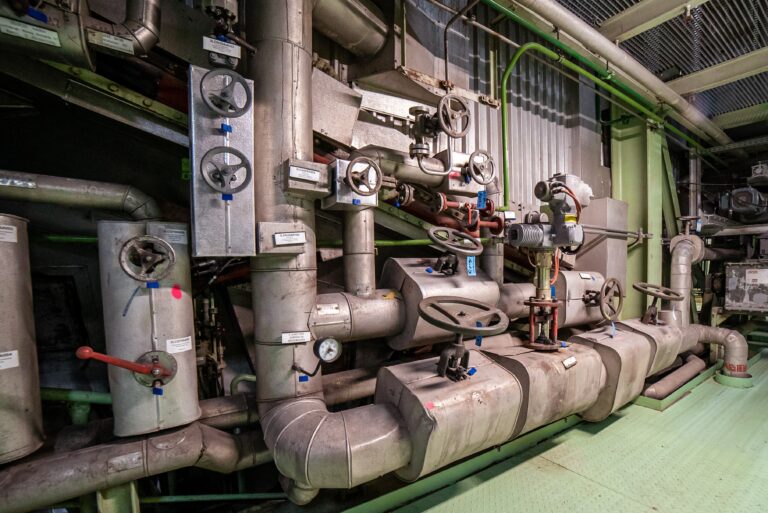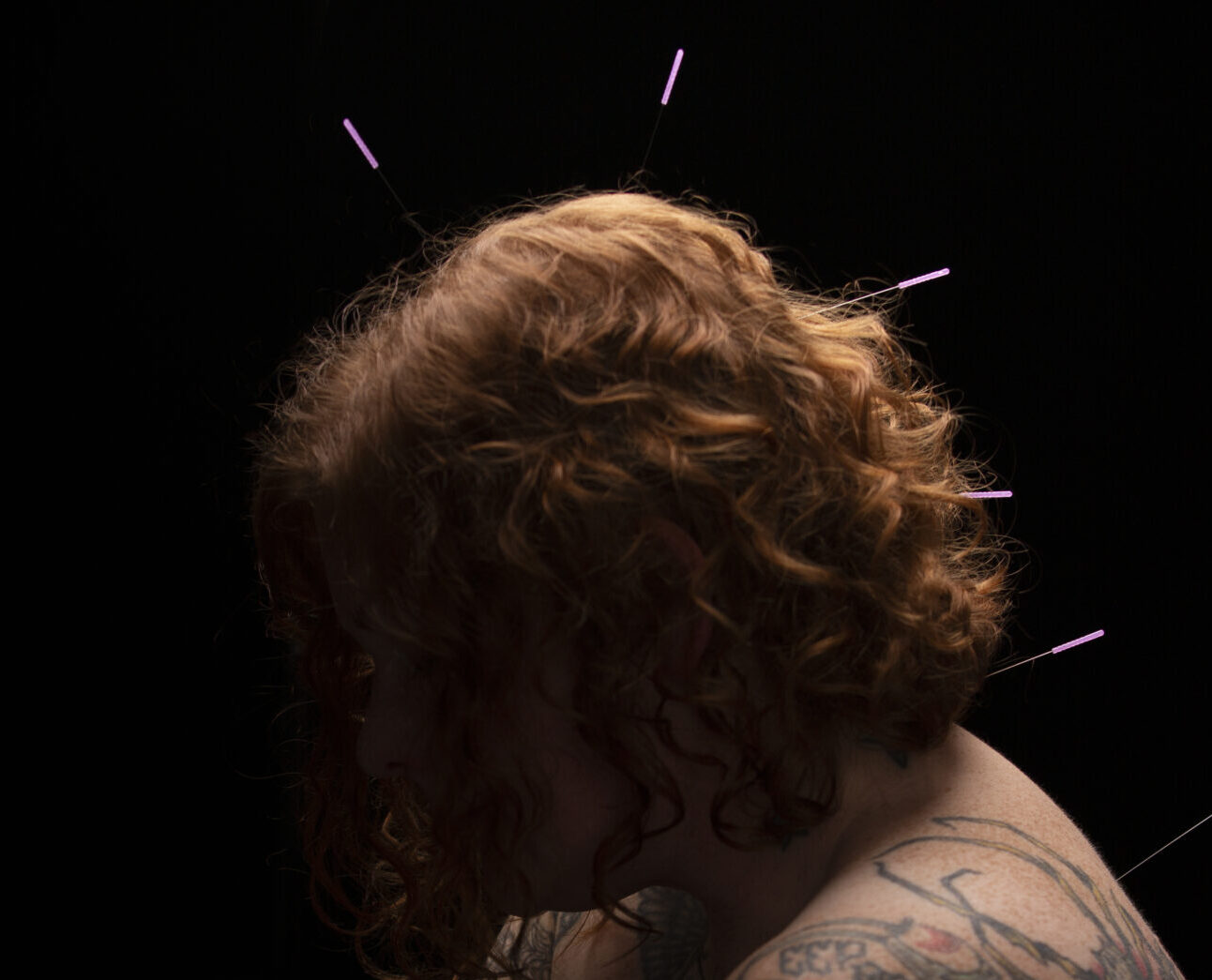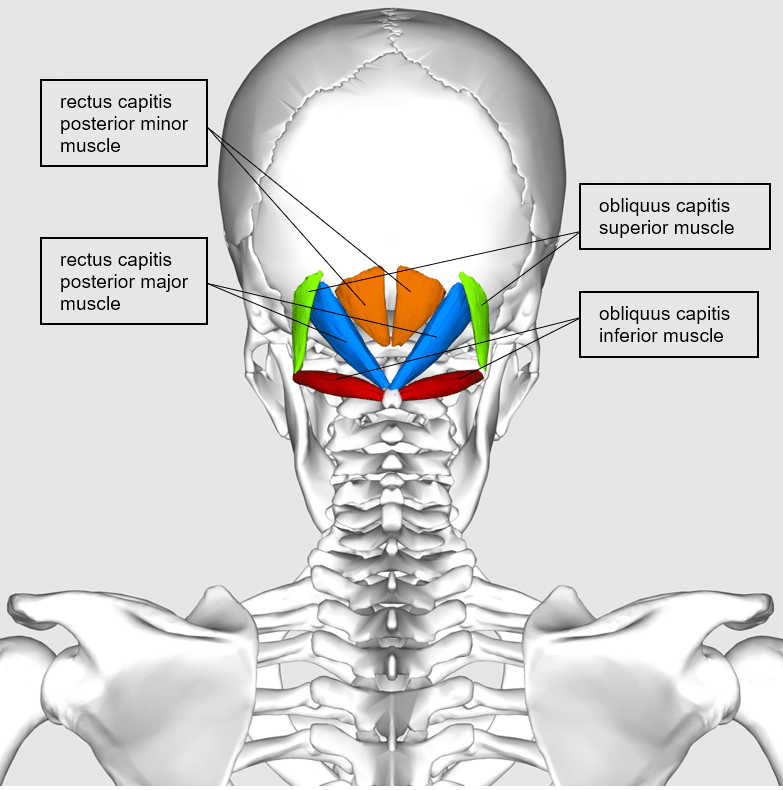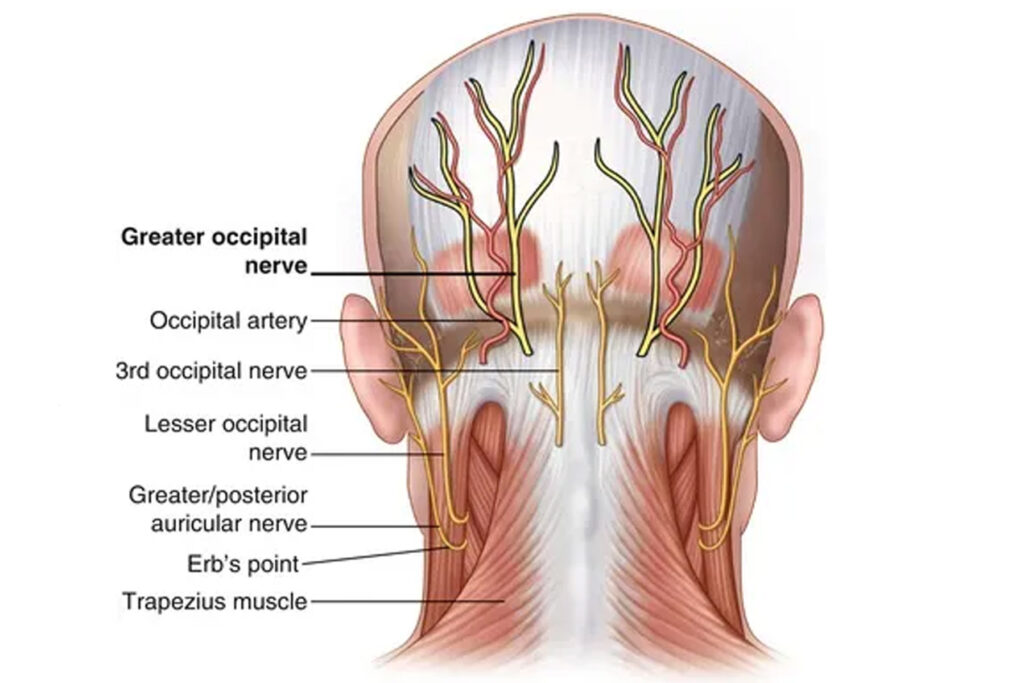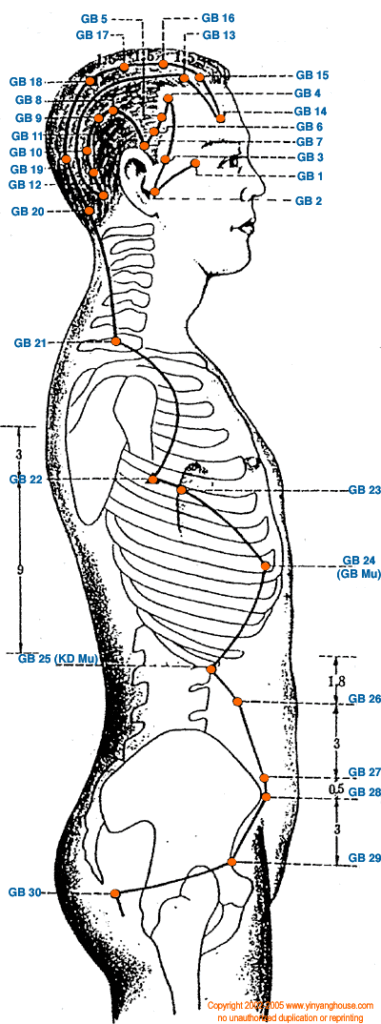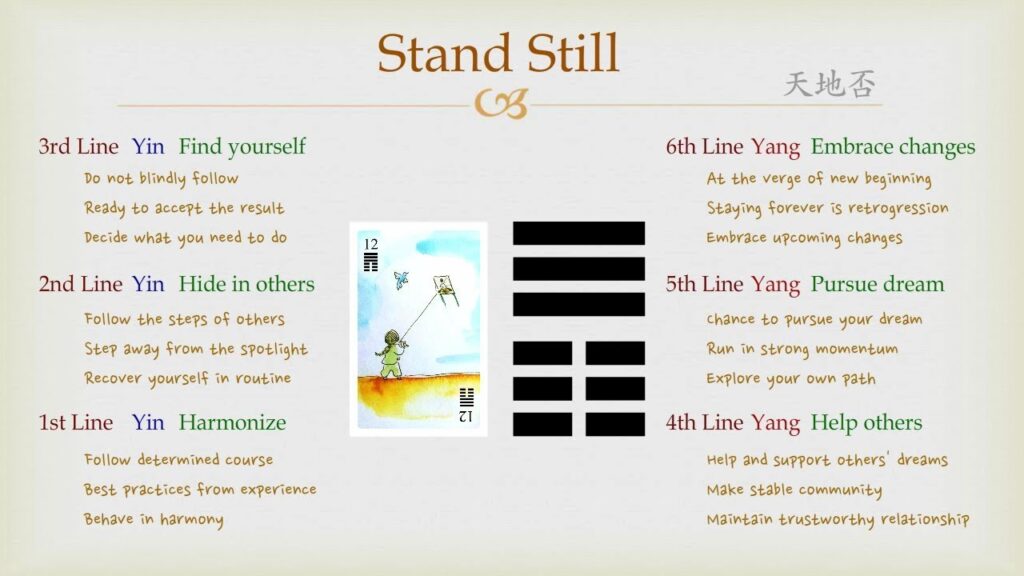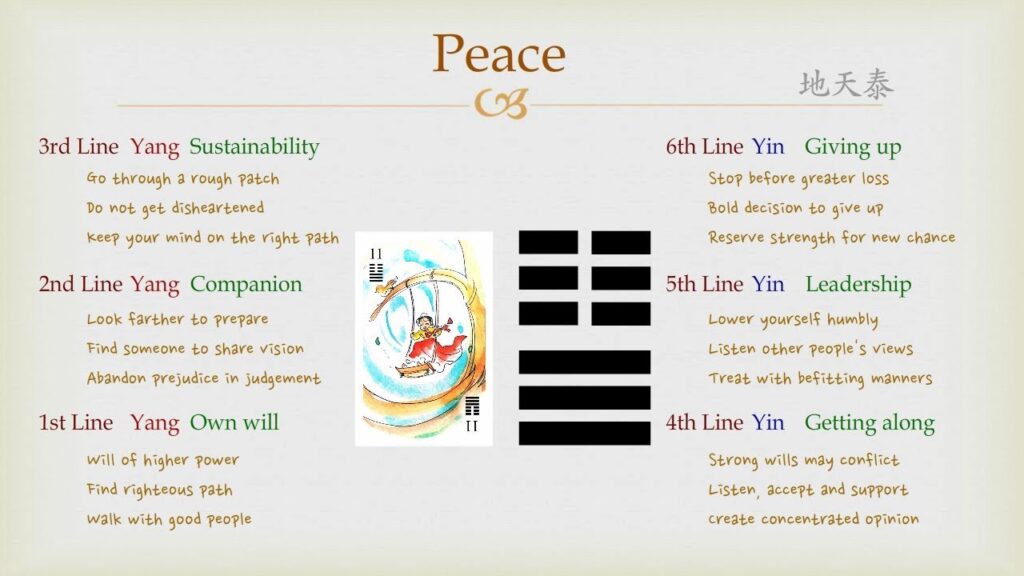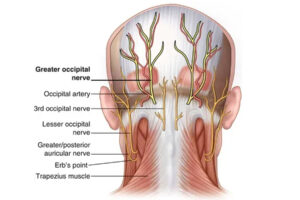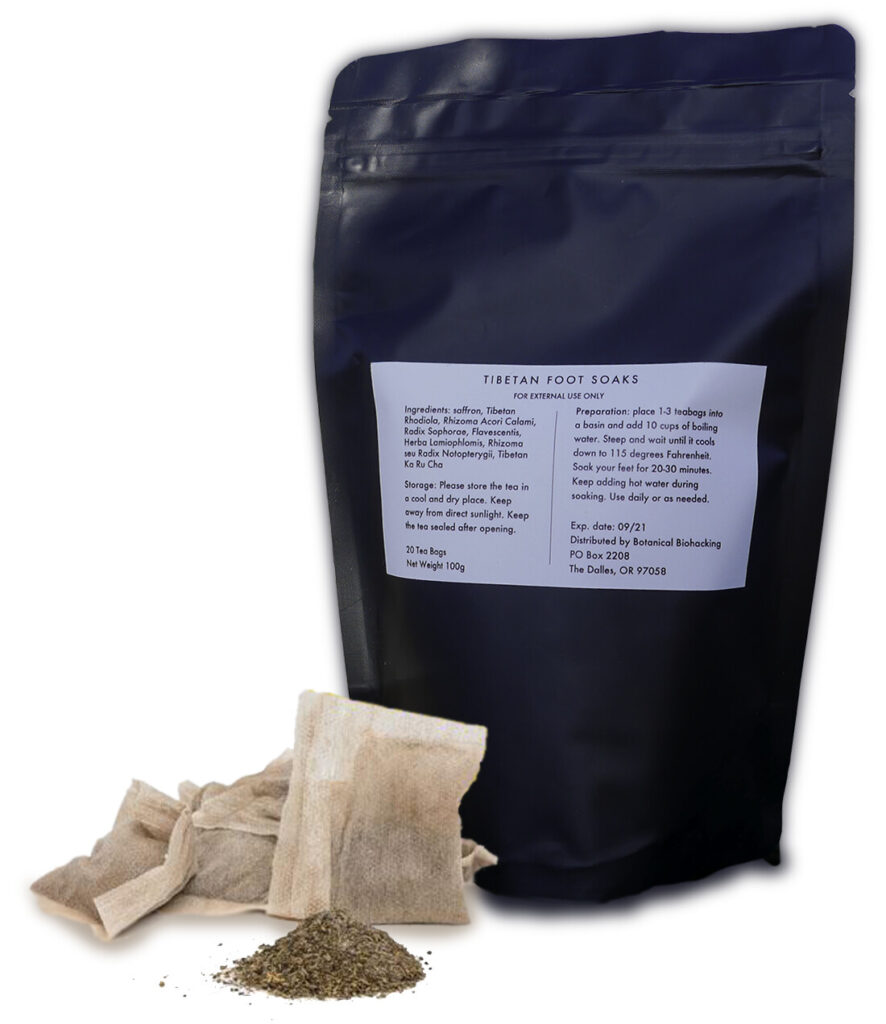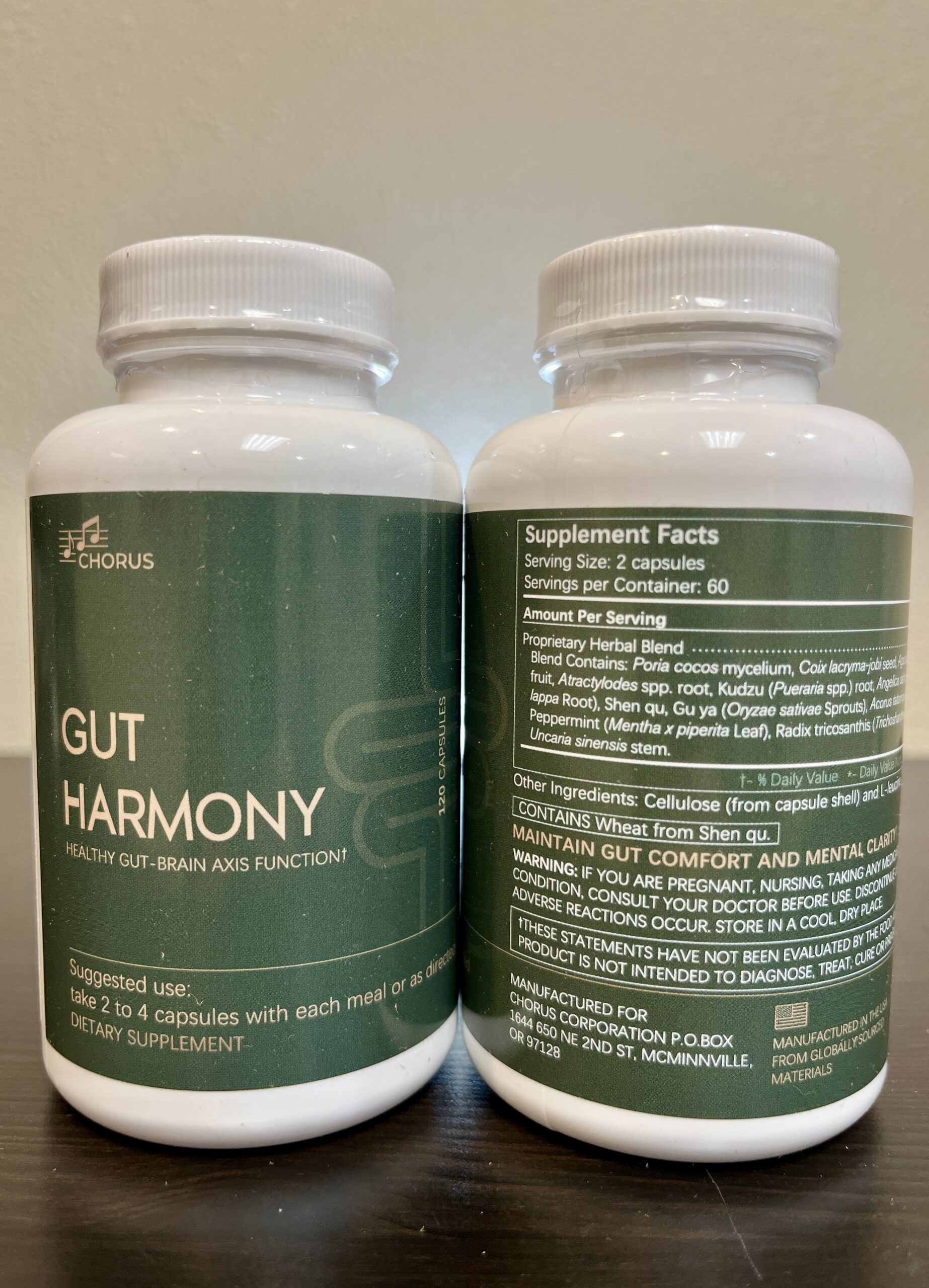
A Guide To Gut Harmony (Chorus Capsules)
Delve into the vital role of the gut microbiome, and the challenges of dysbiosis and biofilms, and discover how Gut Harmony, a unique herbal supplement, addresses these issues.
Learn about holistic strategies for digestive health and how Gut Harmony effectively combats conditions like IBS and SIBO
Buy Gut Harmony Today!
Gut Harmony is unlike anything else. It is specifically engineered to help your microbiome thrive based on any specific stressors it encounters.
We make available natural products that have been observed to make a difference in the lives of our patients, friends and family. You’re in good hands shopping with us.
Quick Links to the Sections Below
A Natural Path To A Balanced Gut
Understanding Gut Health
Gut health is pivotal to overall wellness, influencing immune function, nutrient absorption, and even mental health. The gut microbiome, comprising trillions of bacteria, plays a crucial role in these processes. Imbalances in these microbial populations can affect everything from digestion to our mood. Therefore, understanding and maintaining a healthy gut microbiome is essential for optimal health.
Dysbiosis
Dysbiosis refers to an imbalance in the gut microbiome, where harmful microbes outnumber the beneficial ones. This disruption can cause various health issues, including gastrointestinal problems, weakened immunity, and mood disorders. Factors contributing to dysbiosis include poor dietary choices, poor intestinal motility, overuse of antibiotics, and heartburn medication. Understanding and addressing these factors is key to restoring and maintaining a balanced gut microbiome.
Biofilm
Biofilms are complex structures formed by bacteria in the gut. They act as protective shields for these bacteria, making it challenging to treat infections and imbalances. Biofilms contribute to the persistence of harmful bacteria in the gut, exacerbating conditions like dysbiosis. Disrupting these biofilms is a critical step in effectively treating gut health issues and restoring a healthy microbiome.
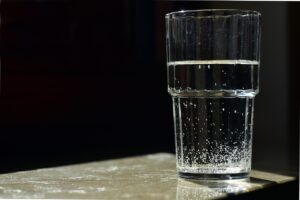
Benefits of Warm Water
Discover the incredible reasons why drinking warm water is absolutely vital for your health! In this eye-opening video, we
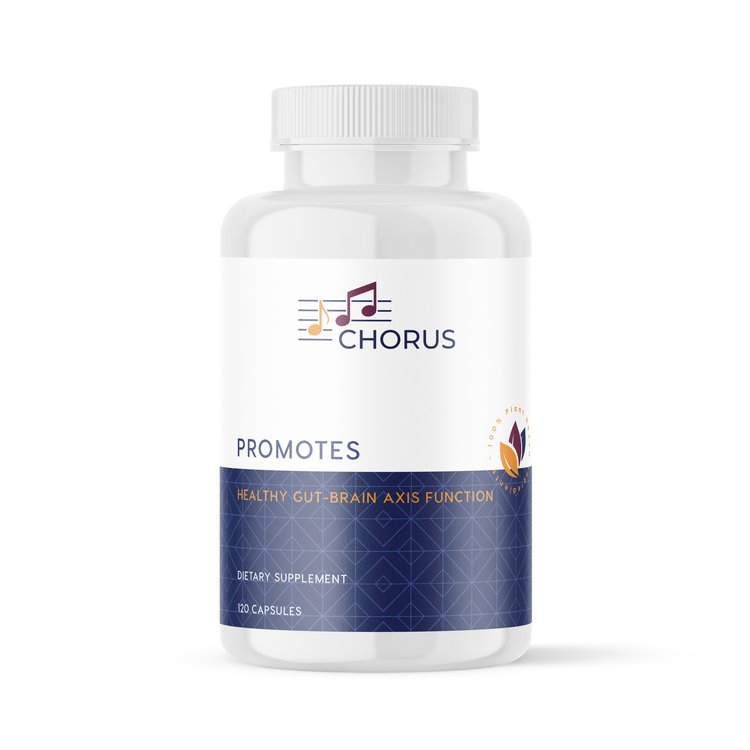
Digestive Health
Offers natural approaches to improve digestive health
with insights from traditional Chinese medicine.
Digestive Health
Promoting digestive health involves more than just diet. It requires a holistic approach that includes, drinking warm water, tummy rubs and herbs to promote motility and balancing microbiomes.
These practices support the gut microbiome’s health and functionality, improving overall digestive well-being.
Gut Harmony (Chorus Capsules)
Gut Harmony, a herbal supplement, takes a natural approach to gut health. It combines traditional Chinese herbs, each selected for their specific benefits to the gut. Gut Harmony works by fostering a healthy gut microbiome, supporting the growth of beneficial bacteria while keeping harmful bacteria in check. Its formulation includes herbs known for their prokinetic properties and anti-inflammatory agents.
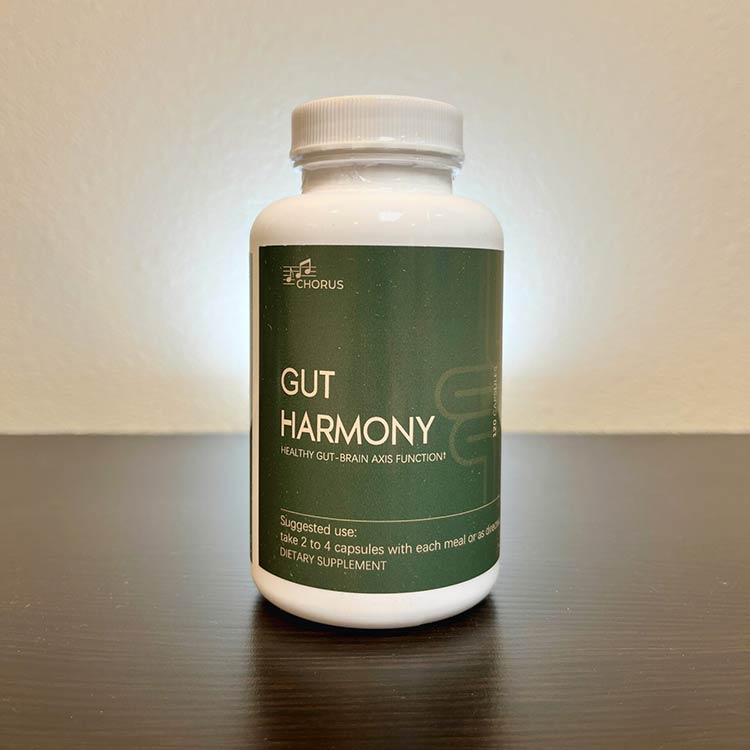
Gut Harmony: A Approach to Combating Dysbiosis
Gut Harmony addresses gut health by blending traditional and modern methods.
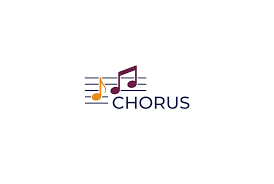
Gut Harmony FAQ: Restoring Your Microbiome with Herbs
Answers frequently asked questions about Gut Harmony‘s usage and benefits.

What Does Gut Harmony Actually Do?
Explains Gut Harmony‘s functionality in nurturing and maintaining gut health. Discover its functions
Addressing IBS, SIBO with Gut Harmony
Gut Harmony is particularly effective in managing conditions like Irritable Bowel Syndrome (IBS) and Small Intestinal Bacterial Overgrowth (SIBO). It offers a natural, holistic approach to these conditions, targeting the underlying causes rather than just treating symptoms. Gut Harmony’s blend of herbs works to restore balance in the gut microbiome, which is crucial for alleviating symptoms associated with these digestive disorders.
Takeaways
Maintaining gut health is a multifaceted approach that involves dietary changes, drinking warm water, tummy rubs and sometimes the aid of supplements like Gut Harmony. Recognizing the signs of dysbiosis and understanding the role of biofilms in gut health are important steps.
Incorporating a supplement like Gut Harmony can be a helpful strategy in managing gut health issues, especially when combined with a healthy lifestyle.
Buy Gut Harmony Today!
Gut Harmony is unlike anything else. It is specifically engineered to help your microbiome thrive based on any specific stressors it encounters.
We make available natural products that have been observed to make a difference in the lives of our patients, friends and family. You’re in good hands shopping with us.
About the Author
Willard Sheppy is a writer and healthcare practitioner who seamlessly melds scientific knowledge with practical applications in engaging and authoritative articles. He holds a Bachelor of Science in Environmental Science from Oregon State University and a Master’s in Acupuncture and Oriental Medicine from the distinguished Oregon College of Oriental Medicine.
In his work, Willard skillfully combines his extensive educational background in scientific research with his practical experience as a healthcare practitioner. Willard balances his life with martial arts and cherished family adventures. As a father of three, he often leads his family on camping and hiking trips along the breathtaking Oregon coast.
Connect with Willard on LinkedIn at linkedin.com/in/valleyhealthclinic or learn more about his services at valleyhealthclinic.com. Embark on this journey towards holistic health with Willard!
